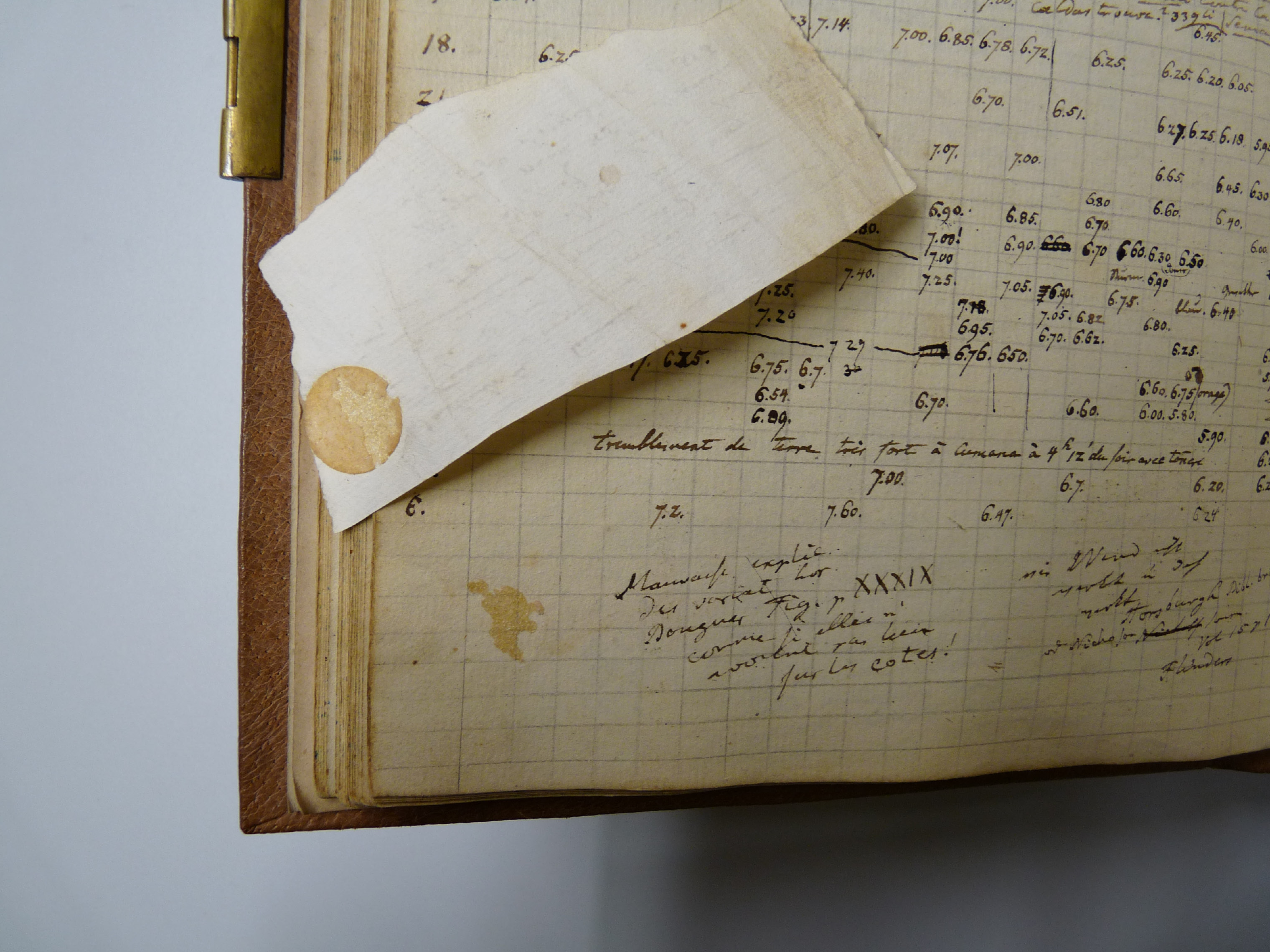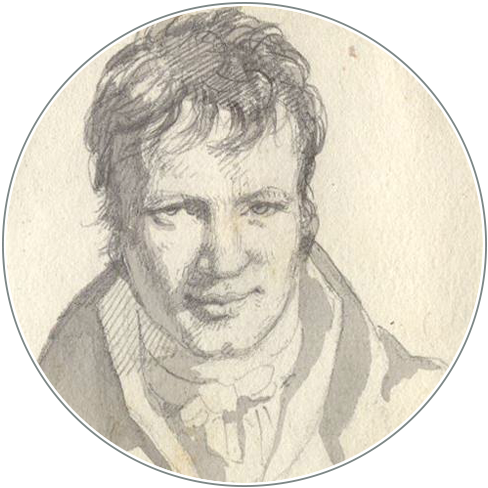„Zwischen den Zeilen …“ Zur kodikologischen Untersuchung der Amerikanischen Reisetagebücher von Alexander von Humboldt
DOI:
https://doi.org/10.18443/221Keywords:
Amerikanische Reisetagebücher, Kodikologie, Materialwissenschaften, Lagenaufstellung, Wasserzeichen, TintenanalysenAbstract
Zusammenfassung
Der Artikel beschäftigt sich mit dem kodikologischen Befund der Amerikanischen Reisetagebücher und materialtechnologischen Untersuchungen zu ihrem Papier und Beschreibstoffen. Der kodikologische Aspekt beinhaltet eine umfassende Erfassung aller physischen Merkmale und Besonderheiten der Tagebücher, wobei ein Fokus auf die Zusammenstellung der Lagen, auf heraus getrennten oder ganz fehlenden Seiten liegt. Dies geschieht vor dem Hintergrund, die ursprüngliche Zusammenstellung der Tagebücher zu rekonstruieren, die Genese zu erforschen und im Nachlass befindliche Teile ggf. fehlenden Blättern oder Fragmenten in den Tagebüchern zuzuordnen. Wasserzeichenaufnahmen mit der Thermographiekamera und Tintenanlaysen mithilfe der Röntgenfluoreszenztechnik können dabei helfen aufzuzeigen, wie die Tagebücher entstanden sind und wie sie bis zum Tod Alexander von Humboldts von ihm als Arbeitsinstrument genutzt wurden.
Resumen
El artículo trata de los resultados codicológicos y exámenes tecnológicos sobre los aspectos materiales (papeles, tintas) de los Diarios del viaje americano. El aspecto codicológico incluye una revisión extensa de las características y particularidades materiales de los diarios, enfocando las encuadernaciones y las páginas separadas o faltantes. La revisión tiene como fin de reconstruir la compilación original de los diarios, de explorar su génesis y de adjudicar partes (fragmentos, folios faltantes) del legado a los diarios tal como los tenemos hoy. Las marcas de agua se registran con la cámara termográfica, el análisis de las tintas usadas se realiza con ayuda de un sistema de medida por fluorescencia de rayos X. Esto contribuirá a mostrar como evolucionaron los diarios de viaje y como fueron usadas por Alejandro de Humboldt a lo largo de su vida y hasta antes de su muerte.
Abstract
The American Travel Diaries’ paper and writing materials have been examined under codicological aspects as well as in terms of material based technologies. The report on the codicology includes a comprehensive survey of all physical features and specifics within the diaries. The examination is focused on the structure of the gatherings and cut-out or missing leafs. This is done in order to reconstruct the original compilation of the diaries, to research on their genesis and to possibly allocate parts of the bequest to missing pages or fragments in the diaries. Images taken of watermarks with the help of a thermographical camera and the analysis of the inks with the X-ray fluorescence method can help to show how the Travel Diaries were created in the first place and how they have been used by Alexander von Humboldt as a continuous working-tool until his death.

Downloads
Published
How to Cite
Issue
Section
License
Copyright (c) 2015 Julia Bispinck-Roßbacher

This work is licensed under a Creative Commons Attribution-NonCommercial 4.0 International License.
HiN operates under a Creative Commons-Licence (CC BY-NC 4.0), which permits the reproduction of articles, free of charge, for non-commercial use only and with the appropriate citation information. All authors publishing with HiN accept these terms of publication.
Authors retain the copyright for their articles and reviews. Copyright of the layout and design of HiN articles remains with the journal and cannot be used in other publications.









